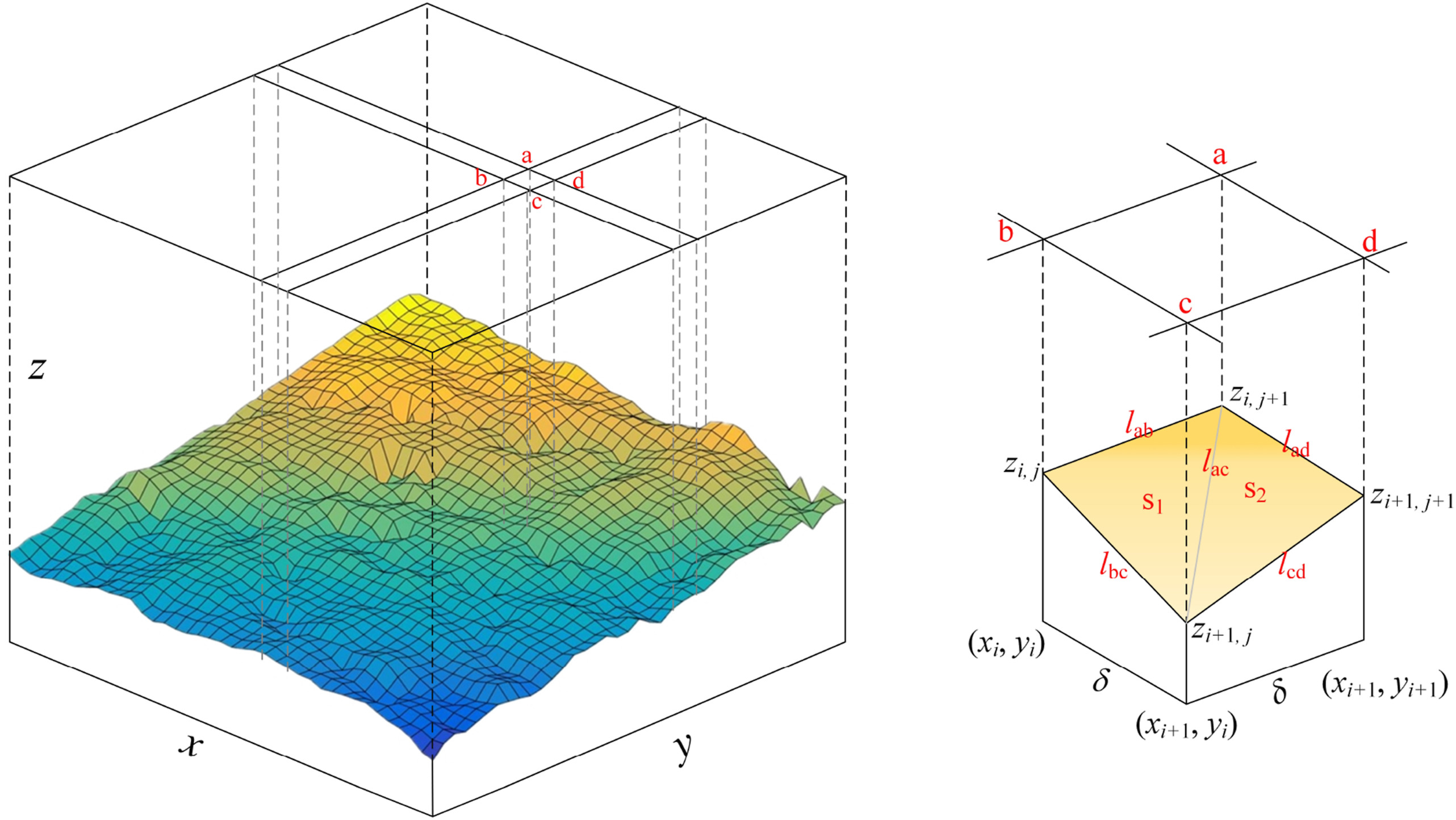JRMGE / Vol 13 / Issue 5
Surface characteristics analysis of fractures induced by supercritical CO2 and water through three-dimensional scanning and scanning electron micrography
Hao Chen, Yi Hu, Jiawei Liu, Feng Liu, Zheng Liu, Yong Kang, Xiaochuan Wang
Show More
a Hubei Key Laboratory of Waterjet Theory and New Technology, Wuhan University, Wuhan, 430072, China
b School of Power and Mechanical Engineering, Wuhan University, Wuhan, 430072, China
2021, 13(5): 1047-1058. doi:10.1016/j.jrmge.2021.04.006
Received: 2020-09-03 / Revised: 2021-04-19 / Accepted: 2021-04-22 / Available online: 2021-06-09
2021, 13(5): 1047-1058.
doi:10.1016/j.jrmge.2021.04.006
Received: 2020-09-03
Revised: 2021-04-19
Accepted: 2021-04-22
Available online: 2021-06-09
Morphology of hydraulic fracture surface has significant effects on oil and gas flow, proppant migration and fracture closure, which plays an important role in oil and gas fracturing stimulation. In this paper, we analyzed the fracture surface characteristics induced by supercritical carbon dioxide (SC-CO2) and water in open-hole and perforation completion conditions under triaxial stresses. A simple calculation method was proposed to quantitatively analyze the fracture surface area and roughness in macro-level based on three-dimensional (3D) scanning data. In micro-level, scanning electron micrograph (SEM) was used to analyze the features of fracture surface. The results showed that the surface area of the induced fracture increases with perforation angle for both SC-CO2 and water fracturing, and the surface area of SC-CO2-induced fracture is 6.49%–58.57% larger than that of water-induced fracture. The fractal dimension and surface roughness of water-induced fractures increase with the increase in perforation angle, while those of SC-CO2-induced fractures decrease with the increasing perforation angle. A considerable number of microcracks and particle peeling pits can be observed on SC-CO2-induced fracture surface while there are more flat particle surfaces in water-induced fracture surface through SEM images, indicating that fractures tend to propagate along the boundary of the particle for SC-CO2 fracturing while water-induced fractures prefer to cut through particles. These findings are of great significance for analyzing fracture mechanism and evaluating fracturing stimulation performance.
Keywords: Supercritical carbon dioxide (SC-CO2) fracturing, Quantitative characterization of surface features, Surface roughness and fractal dimension, Three-dimensional (3D) scanning, Scanning electron micrograph (SEM)
Show Figure(s)
Share and Cite
Hao Chen, Yi Hu, Jiawei Liu, Feng Liu, Zheng Liu, Yong Kang, Xiaochuan Wang, 2021. Surface characteristics analysis of fractures induced by supercritical CO2 and water through three-dimensional scanning and scanning electron micrography. J. Rock Mech. Geotech. Eng. 13 (5), 1047-1058.
Article Data
Author(s) Information
Prof. Xiaochuan Wang
xcw001@whu.edu.cn

Xiaochuan Wang obtained his BSc and PhD degrees in Mining Engineering from Chongqing University, China, in 2007 and 2012, respectively. He was affiliated as a postdoctoral fellow in School of Power and Mechanical Engineering, Wuhan University, from 2012 to 2014. Then he went to Singapore and studied as a visiting scholar for a year through an international cooperation program with Nanyang Technological University. He has been an associate professor and deputy director of the Department of Energy and Power Engineering, School of Power and Mechanical Engineering, Wuhan University since 2015. His research interests include water jet theory and new technology, fluid machinery and unconventional oil and gas development.

